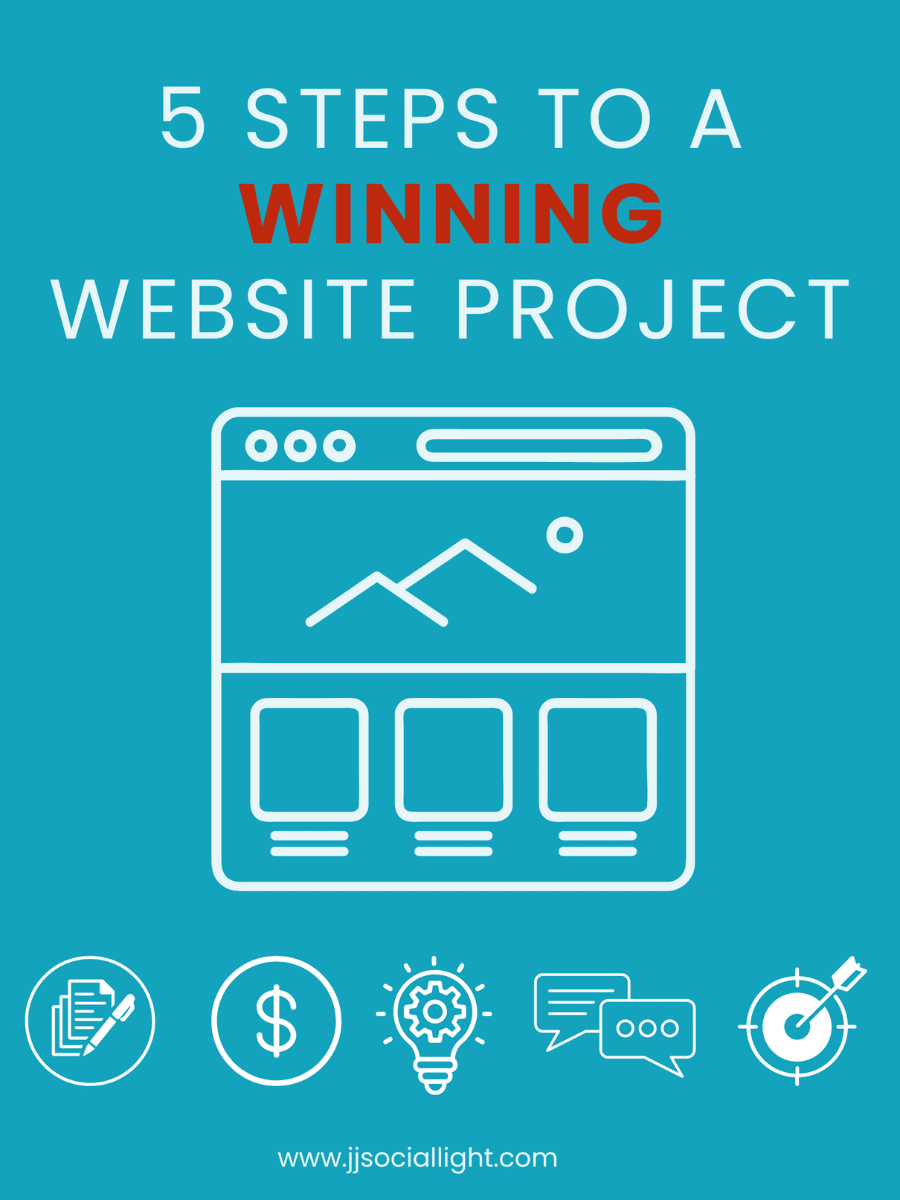Regardless of the niche they operate in, what they use their website for, and the kind of market they cater to, all website owners have one thing in common – they want their website visitors to stay on their site for as much time as possible.
But is this something that is actually achievable? In this article, we take a look at the topic of website visits in detail and look at ways you can follow to make visitors stay for longer on your website. However, there are times when websites cannot engage users for too long. A website that shows the weather for a particular city for instance will not be able to hold visitors for longer than the average time of 5 seconds.
Weather websites tend to have the highest bounce rates and the lowest average time spent on website statistics. But they probably don’t worry about this metric. For them, the only thing that matters is getting the customer over to their website.
To put our introduction briefly, factors and metrics should always be looked at in context. Experts online do go on and on about visitor duration and say that’s the only metric that counts. However, this factor is just one of the many goals that you should set for your website – not the only one.
Now that we’ve established the context of average time spent on a website, we proceed to look at the importance it carries.
Why Is Average Visitor Duration Important for a Website?
When you create a website for your business, your primary focus should be on getting conversations and conveying the right message over to all website visitors. Obviously, some website visitors will have different attention spans than other visitors, which is why you have to find the perfect balance in between. You just cannot step up and create websites that you think will work or look good.
Unless you’re experimenting or making a design-related website, your primary objective should be to forward the business aims and objectives of your website. You just cannot make an aesthetically pleasing website that looks good and the owner likes but fails to do anything else. The way to get business positive results is to prioritize conversions and work on them.
Websites that sell can look pretty, they can look aesthetic and they can have plenty of other add-ons as well, but the fact of the matter is that they have to sell before they achieve anything else. And website revenue generation is not always about how long visitors stay on your website, but on whether customers end up doing what the website owner wants them to do.
Why Do People Leave Websites?
The truth of internet marketing is that customers eventually tend to leave every website that they enter; unless a Facebook addict decides to remain logged in on the social media site for 24 hours a day. Obviously, website owners cannot keep customers hooked on to the website for longer than they actually want to stay.
Keeping this in mind, the correct question should be, how do you get visitors to stay for as long as they possibly can and how do you minimize the reasons that make them leave a website?
Some reasons why customers leave your website include:
Poor Website Design
The very first reason that can make people skip your website is the boring nature of the design and pictures on display. Bad user experience can push people away from your website and will stop you from achieving the kind of objectives you require. There are times when customers focus on nothing other than the visual graphics and the quality of the content on offer. Hence, it is extremely difficult for businesses to keep a hold on them for longer durations.
Apart from poor design, meaningless design applications and broken links can also turn your visitors away from your website. Hence, in order to make customers happy, it is necessary that you develop and maintain a website that is both, attractive and easy to use.
Sites That Don’t Engage
Giving users a decent web experience is one of the most important factors in the success of a website. Visitors coming to your website often require some assistance. Delays in providing this assistance can lead to frustration, which eventually ends up with them abandoning the website or getting disheartened.
A study conducted by Forrester Research noted, “Many online consumers want help from a live person while they are shopping online; in fact, 44% of online consumers say that having questions answered by a live person while in the middle of an online purchase is one of the most important features a Website can offer.”
Live chat offers websites a chance to give customers and visitors exactly what they’re looking for in a fuss-free manner.
Unorganized Content
Content is another important consideration for visitors when it comes to staying on or leaving a website. Once they’re impressed with the design and satisfied with live customer service, visitors will look at the quality of content, the standard of language used and the presentation of information.
The following considerations and questions should always be answered or checked before posting new content on your website:
- Is the content grammatically correct?
- Are the statistics used in the content up-to-date and accurate?
- How does the content improve user experience?
- Is the content easily understandable and well-written?
Unnecessary Redirects and Pop-ups
Unnecessary redirects and pop ups can also scare visitors away from your website. Hardly any customer clicks on a website with pop-ups that are uninteresting and limit engagement levels. However, there are a number of websites today with frequent pop-ups that make life hard for the actual visitor. While pop-ups do get good results at times, organizations should look to maintain a level. A massive rise in frequency can scare customers away.
Websites That Aren’t Optimized for Mobile Devices
A number of visitors today access the internet through their mobile devices, and in consideration of this, they expect businesses to provide websites that are mobile-optimized as well. Unfortunately, mobile-optimized websites are far and few, and more often than not, mobile users are found leaving websites because the structure is incomprehensible and not optimized for mobile devices.
Ways to Keep Visitors on Your Website
Do you realize that around 90 percent of all visitors who abandon your website will never return? These are all potential leads lost as a result of your failure to close leads and convert them into sales opportunities.
As a marketer, your primary objective from your website should be to convert visitors and to make potential clients out of them. However, in most cases, this is only achieved if customers spend some time on your website. You cannot convert leads if visitors aren’t sticking to your content or are leaving without registering anything they read or say.
A few ways you can follow here to keep visitors on your website longer include:
Fulfilling Headline Promises
Getting people to click on an exciting headline is one thing. However, if you want these visitors to stick for longer, then your content should match the title and meet the expectations of all users. Don’t allow your headlines to make promises that your content isn’t capable of keeping.
A click-bait headline written by a naturally gifted copywriter won’t do your revenue generation capabilities any favors if the actual content inside isn’t of much use to the visitor. The content should live up to the expectations consumers have while opening a website and shouldn’t disappoint.
Creating Scannable Content
Did you realize that the average user spends no more than 5.59 seconds scanning a website’s content? People rarely tend to read every word of content on your website, unless it has an informative and educational purpose. Instead, they look to scan pages and pick out phrases and words that appeal most to them.
If the content on your website is made of long paragraphs and sentences, then not many people are going to stick around and read it all. Instead, they will start looking for content that is easier to read and acknowledge.
Some tips you can follow to make scannable content include:
- Ensuring Readability: Readability is achieved through both, content and design standards. The font size and line spacing shouldn’t be too much. The content itself shouldn’t include complex phrases and long sentences, and should be easy to understand.
- Breaking Up Content: Posts should include visual or paragraph breaks to give users enough time to acclimate themselves to the reading speed and set their expectations accordingly.
- Having Engaging Subheadings: Subheadings play an integral role in developing reader interest and can either make or break engagement levels. A decent subheading incites readers to keep reading and get a hang of the post.
- Using Bulleted Lists: Bulleted lists such as the one we’re using right now stand out in the content and are easy to scan due to the highlighted key points.
Using a Call-to-Action After Each Post
The best time to ask your visitors to register for your newspaper or avail a discount or get your services is just after they’ve finished reading your blog post. This is one way to keep visitors on the website, and to ensure that you convert visitors.
Most readers tend to leave a website after they’ve received the information they required. An appropriate call-to-action can make visitors stay longer and works as the perfect reinforcement for them. You can also use calls-to-action in the middle of your content, after exciting sub-sections, to ensure that users notice that CTA.
Adding Content to Thank You Pages
Once customers engage with your call-to-action, they’re bound to leave the website. This becomes even likelier if the thank you page does not have the right content on it. The thank you shouldn’t just be a confirmation of the deal, but should also mark the exact moment a normal lead turns to a warm lead. As soon as this happens, the page should highlight useful and related content to not only cement the lead, but to also build a warm relationship.
Using Engaging Videos
Most of the visitors on your website would rather watch videos than go through pages of content. More than half of all executives surveyed in a recent study mentioned they would rather watch a website video than read text. Marketers using video on their web page tend to grow 50 percent faster than others.
Adding visual content to your site might seem daunting, but it isn’t as tedious as you would expect. You can repurpose your text blog posts and post them in the form of a video to get the kind of results you’re expecting.
Reducing Loading Times
One of the most essential things you should do to make users stay on your website is to reduce the time it takes for content and images to load on your website. The more time it takes for content to load, the harder it gets for users to wait. Even a 1 second delay in the loading or response speed can reduce conversions by over 7 percent.
The use of an image compression software solution and a content delivery network can reduce loading times and ensure continuity in speed and offering. Higher quality images can significantly increase the burden on a website, which is why image compression is the solution you need.
Optimizing your website for longer visitor duration requires a lot of testing and playing around with different sections, images and headings at once. The experimentation will definitely lead you to the kind of results you require.









0 Comments